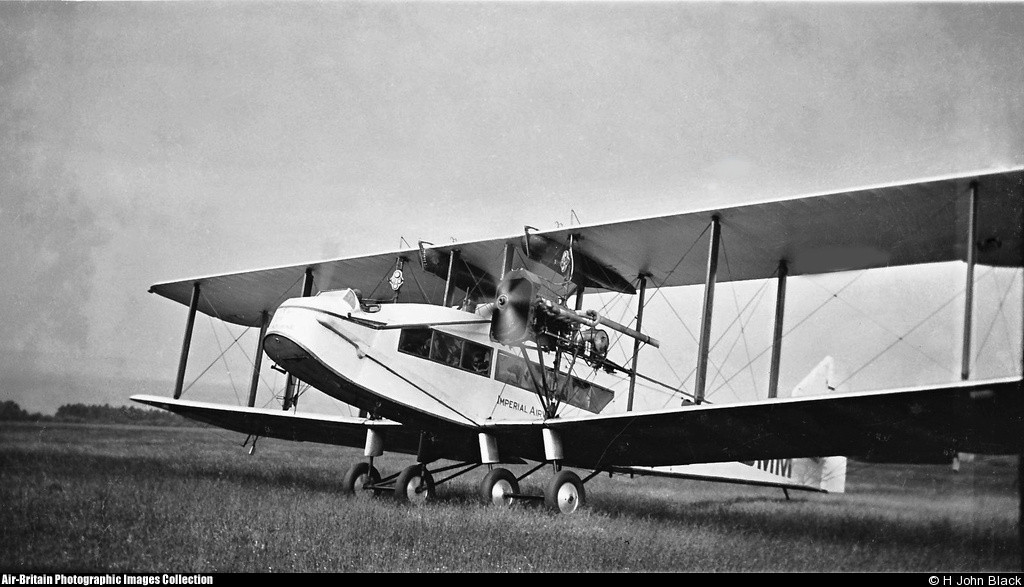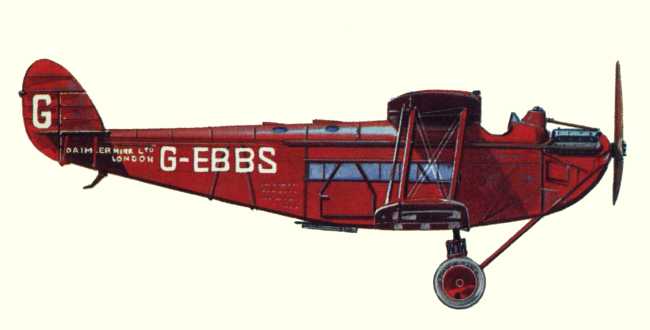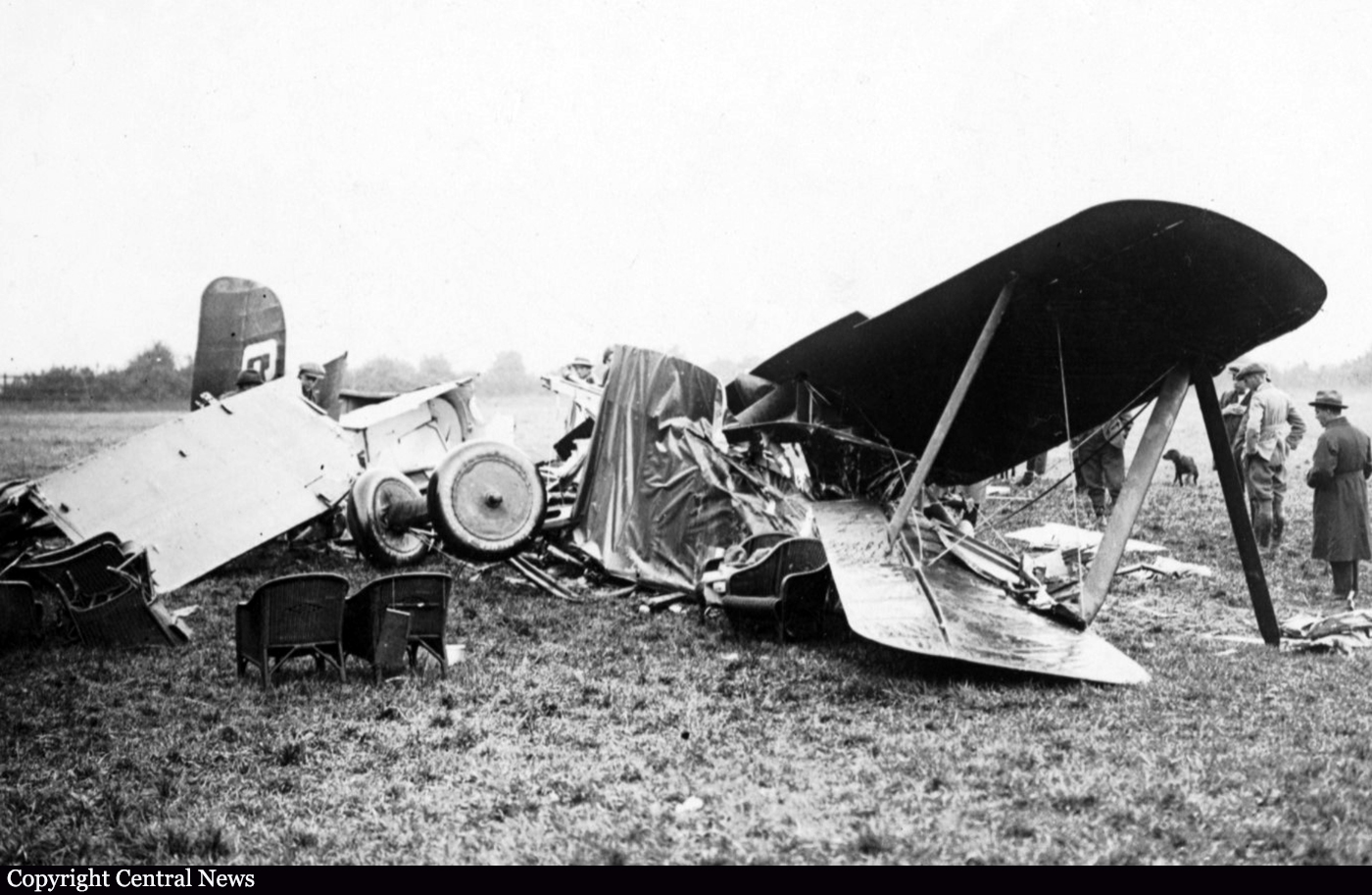Crash of a Handley Page H.P.30 in Aston Clinton: 4 killed
Date & Time:
Sep 22, 1934
Registration:
G-EBMM
Survivors:
No
Schedule:
Portsmouth – Heston – Coventry
MSN:
W.10/1
YOM:
1926
Crew on board:
4
Crew fatalities:
Pax on board:
0
Pax fatalities:
Other fatalities:
Total fatalities:
4
Circumstances:
The aircraft was being used as a tanker (it had extra fuel stored in the rear cabin) and was returning from Portsmouth to Coventry after a mid-air refueling mission of an Airspeed Courier aircraft being used by Cobham for a long distant flight to India. Shortly after takeoff from Heston Aerodrome, while climbing, the aircraft named 'Youth of New Zealand' crashed in a field, killing all four crew members (one pilot, two mechanics and one aeronautical apprentice).
Probable cause:
The Inspector of Accidents concluded that the probable cause was a fracture of a main bolt that secured the bracing wires of the front spar to the tail. The failure of the bolt would cause a loss of control, failure of the bolt was probably fatigue. The aircraft had been involved in an early accident when the tail had been swapped with one from another aircraft, but after 50 hours of flying since the repair, it was not thought that the bolt had been disturbed.











